
기무라 마리이
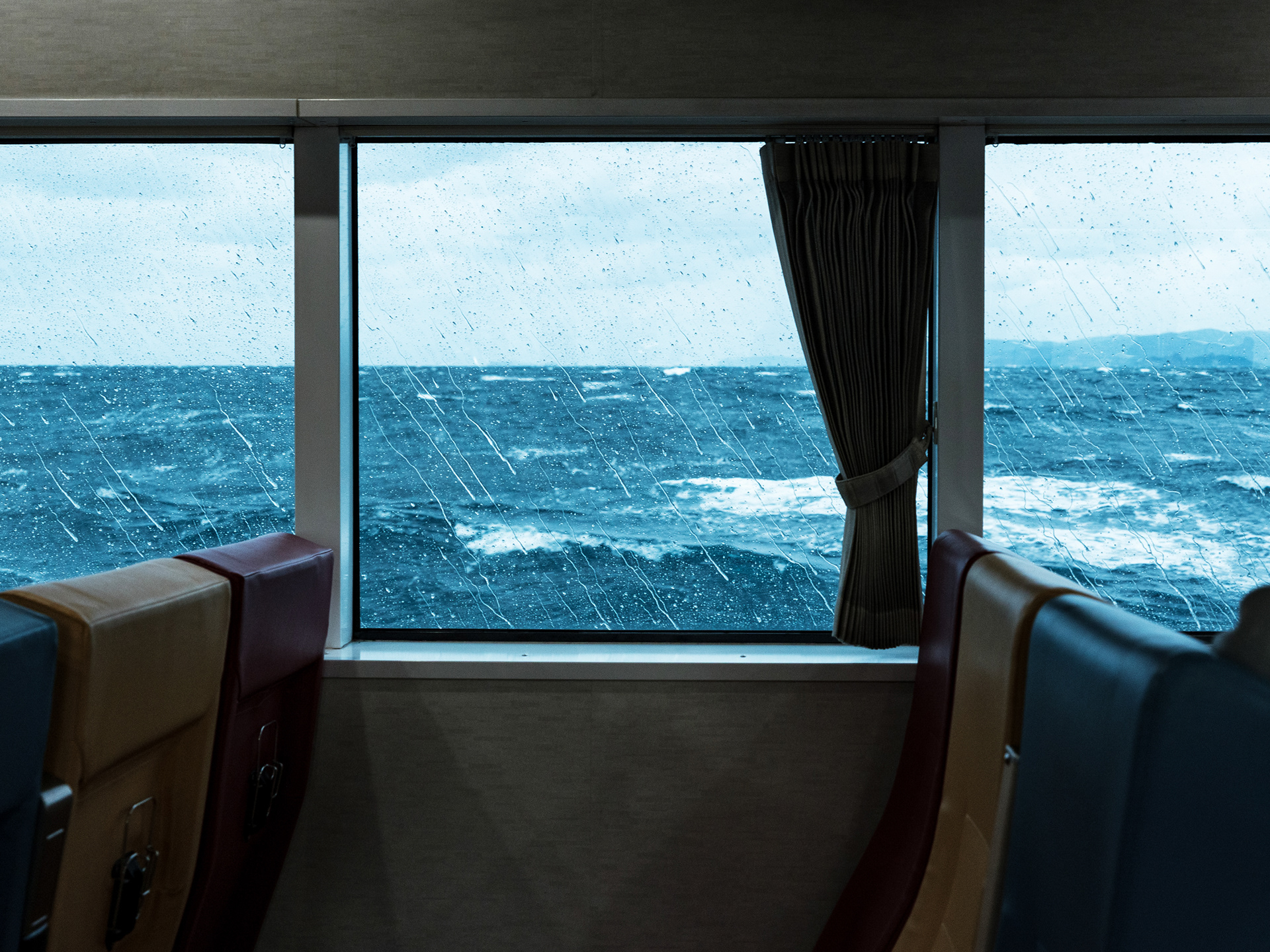
창 너머 바다
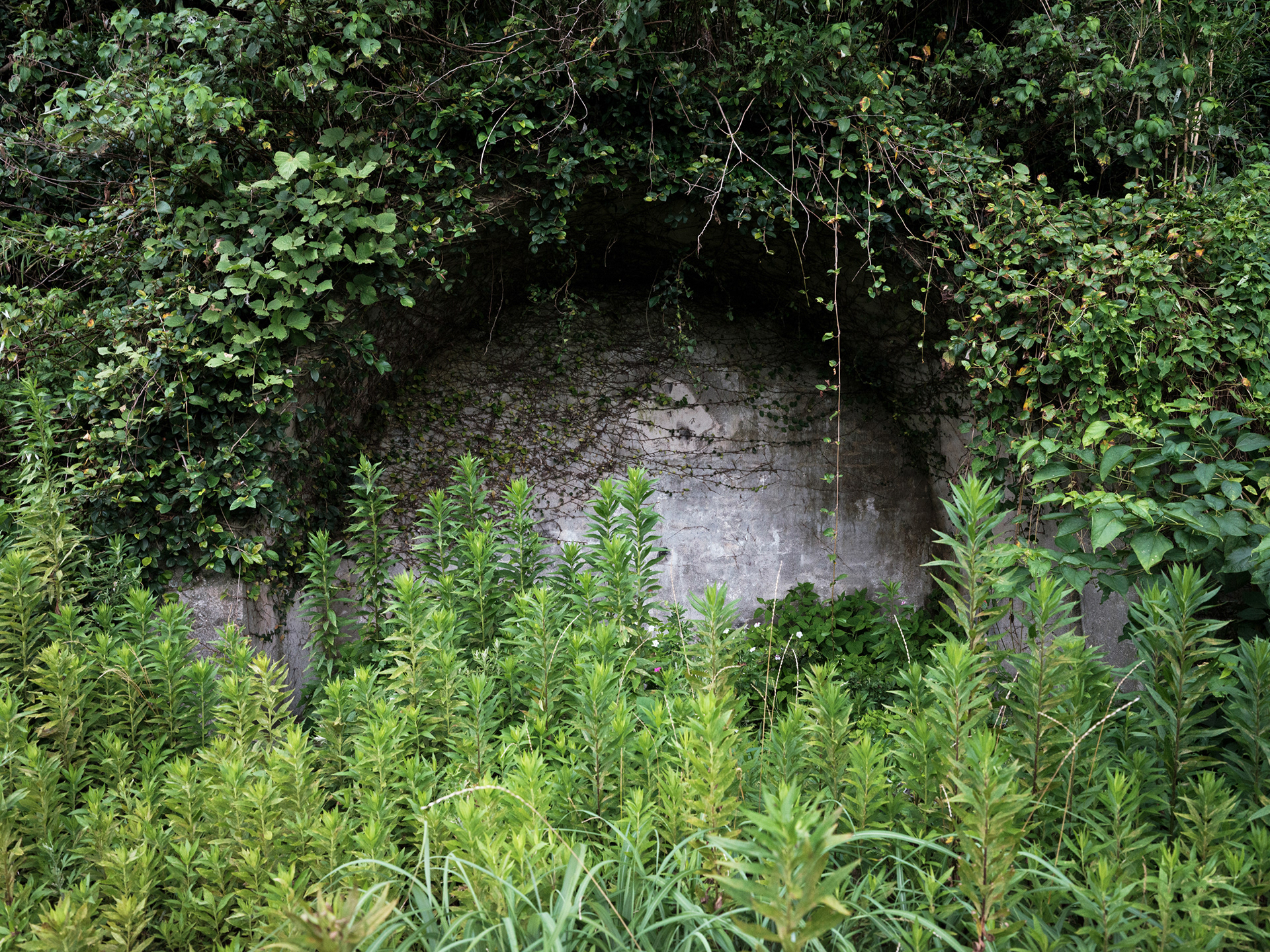
나카야마 신갱
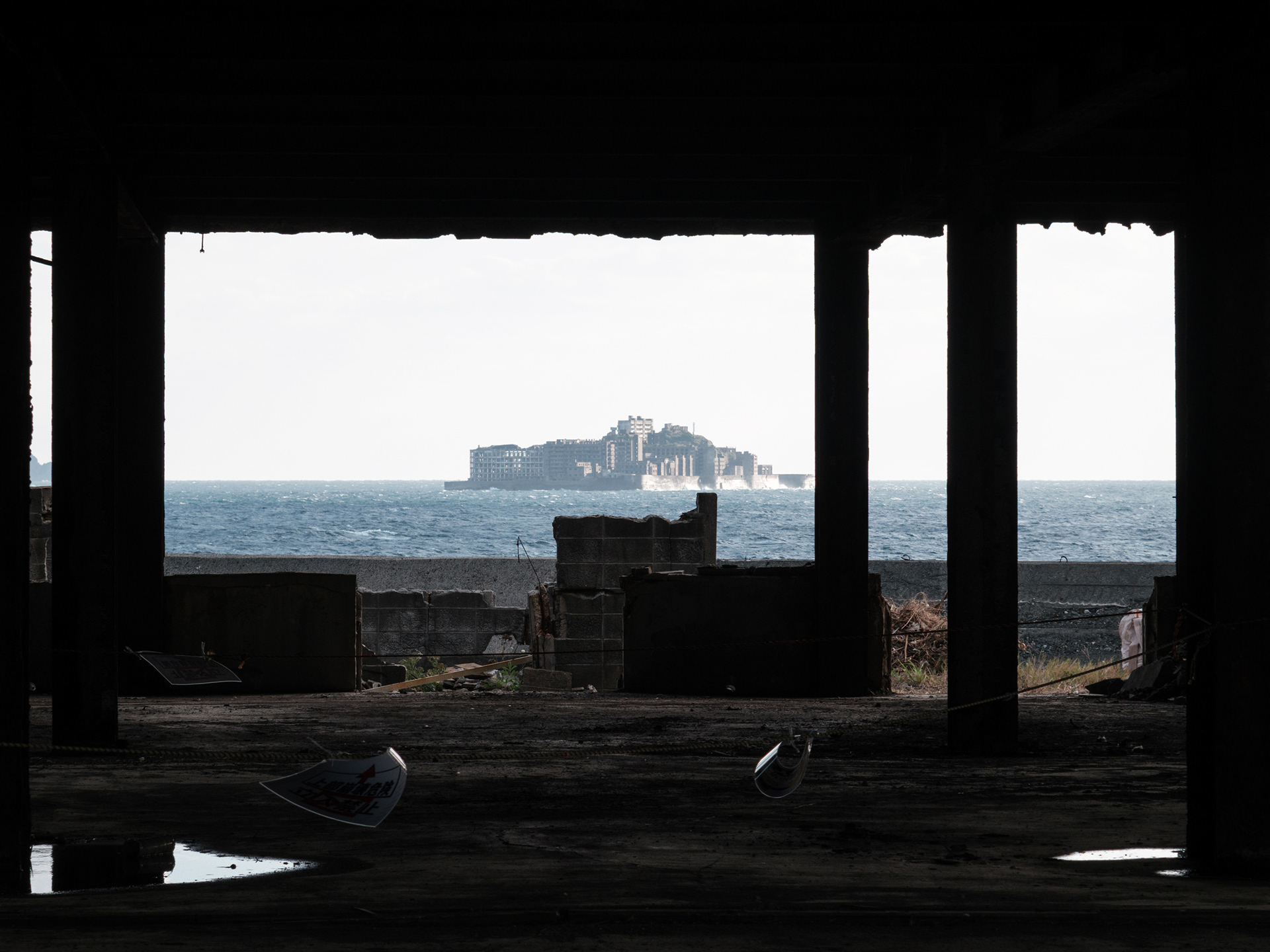
가키세 탄광 터에서 보이는 군함도
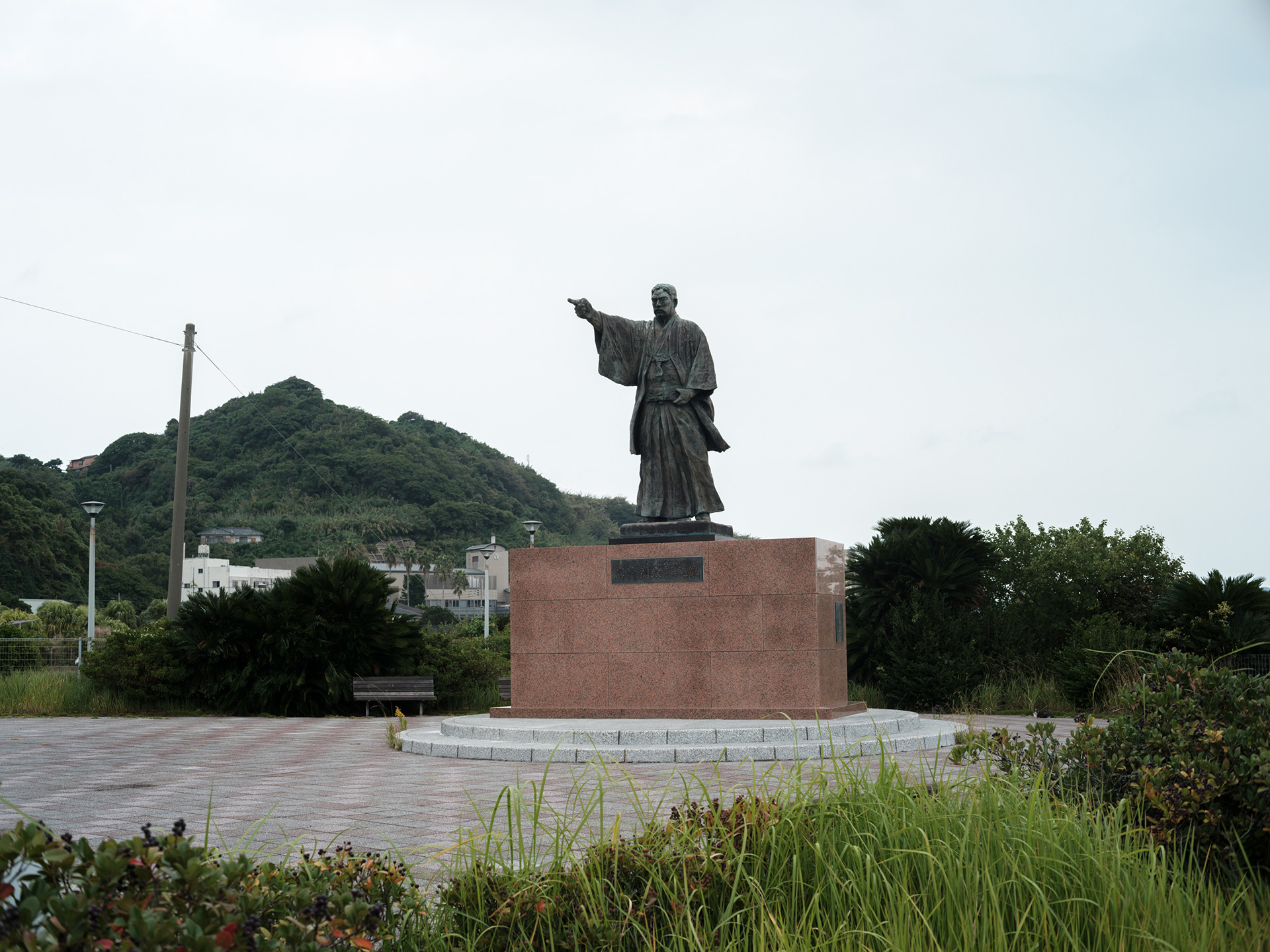
이와사키 야타로 동상

고양이와 마당

츠치야 미온
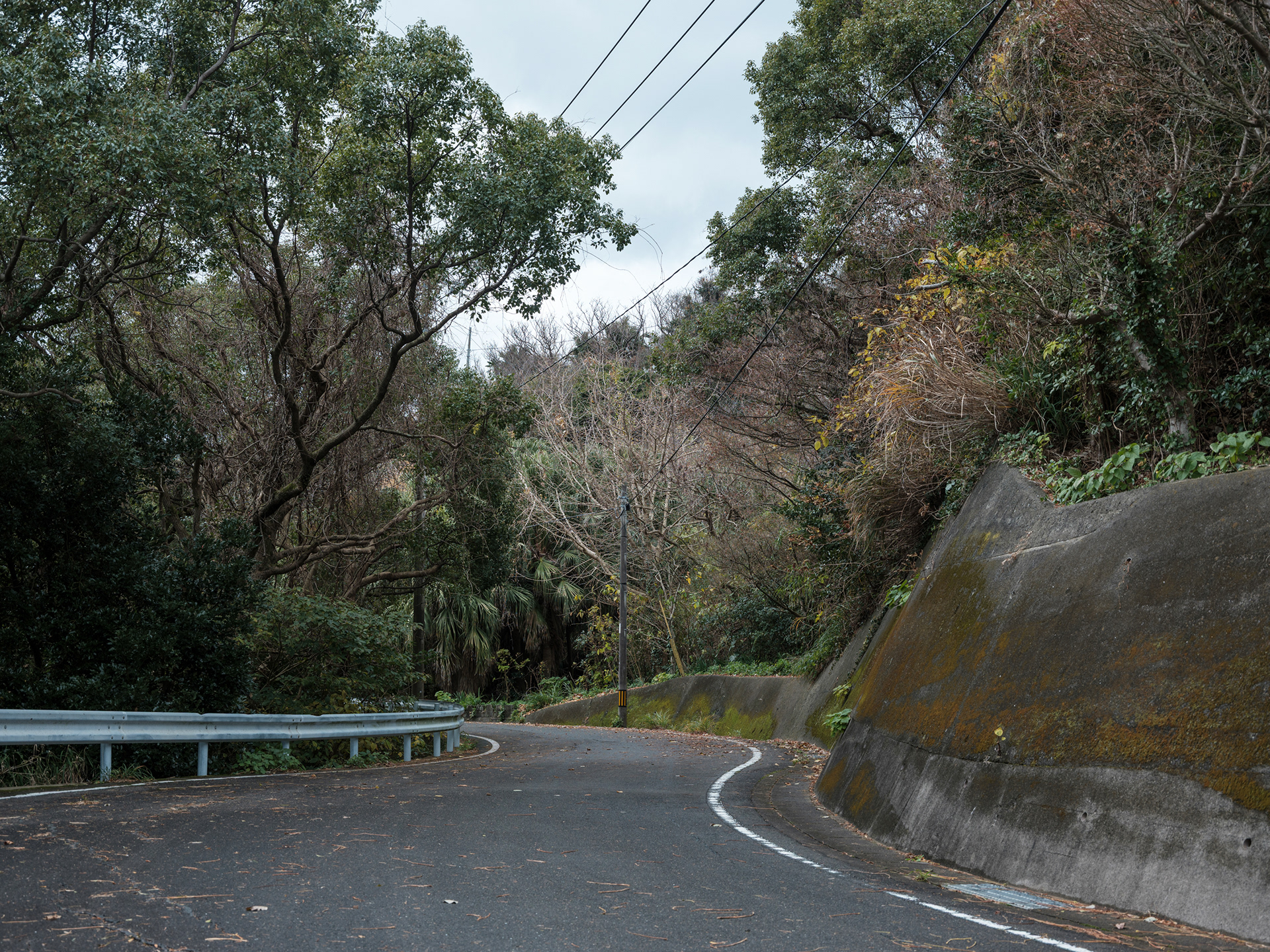
길

섬
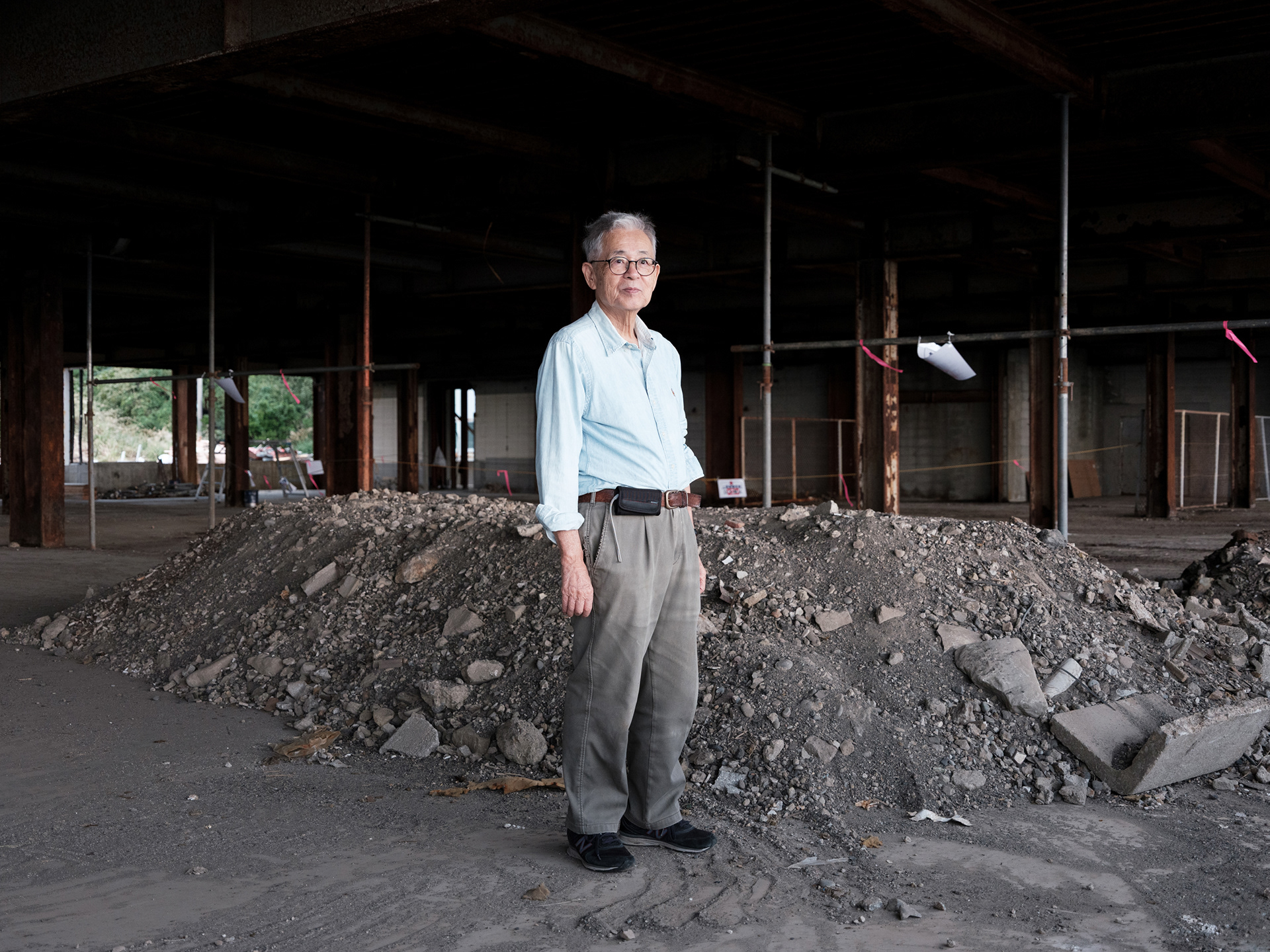
기무라 히데토
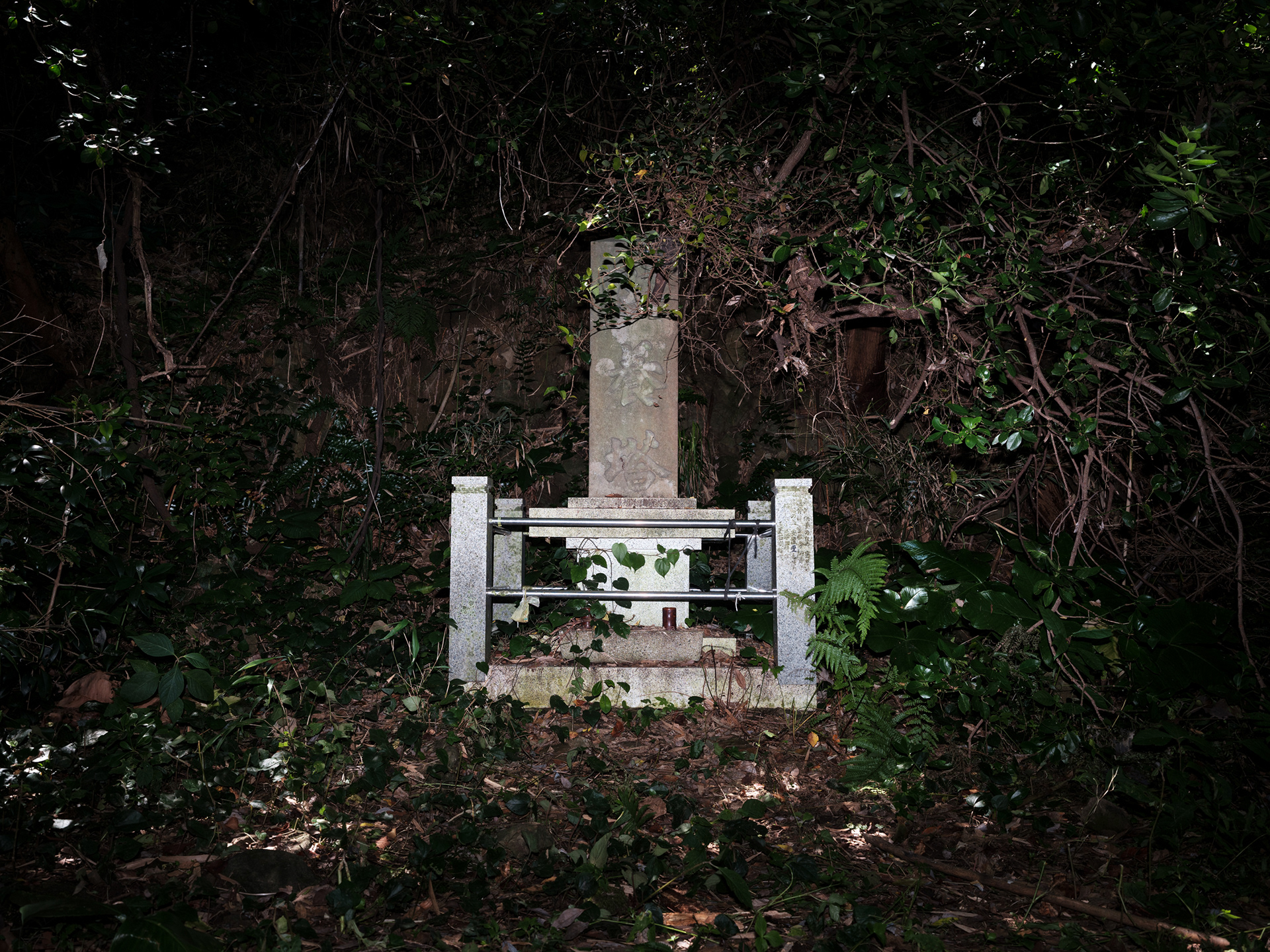
무연고자 공양탑
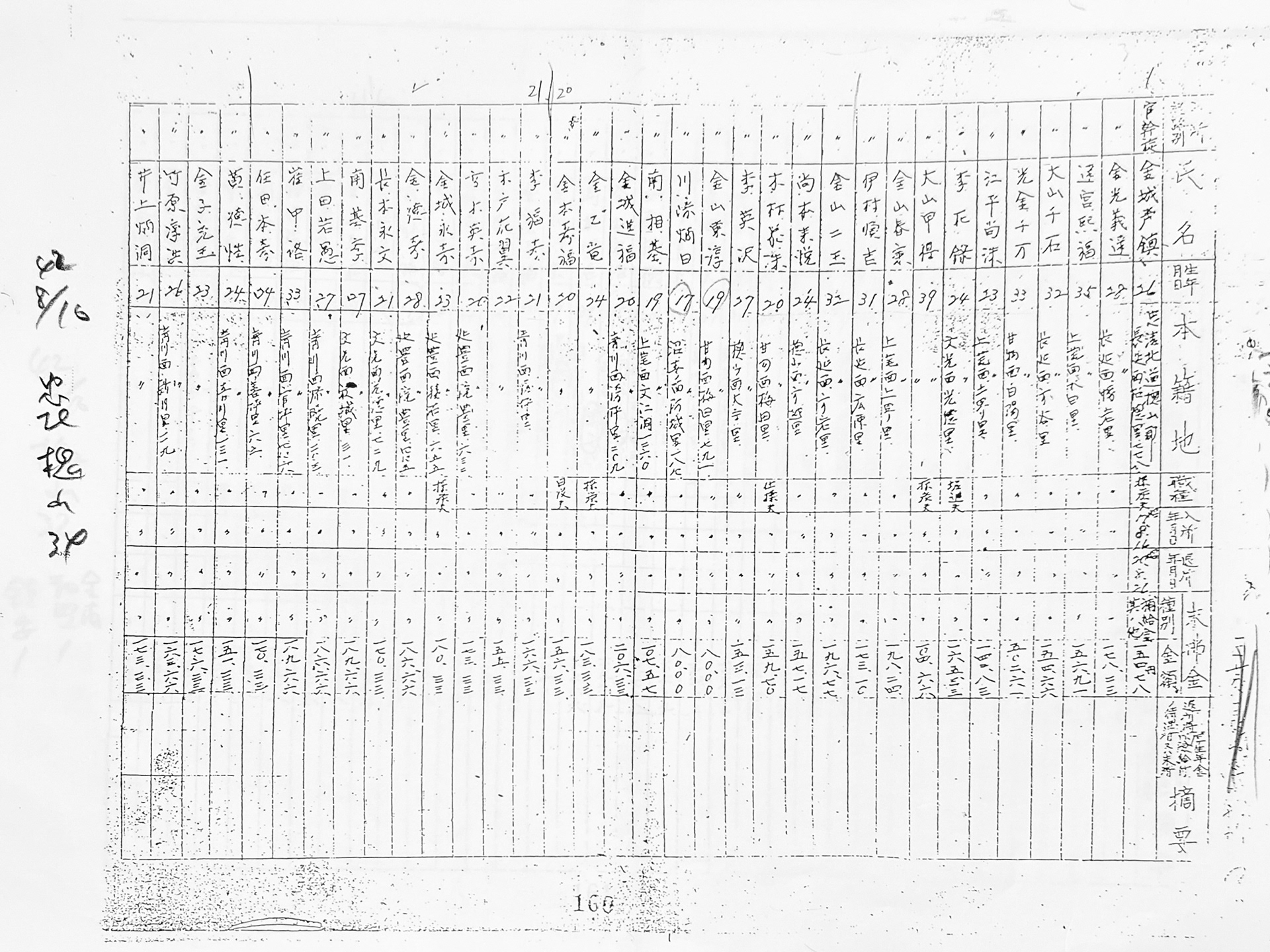
다카시마 탄광 조선인 노동자 명부
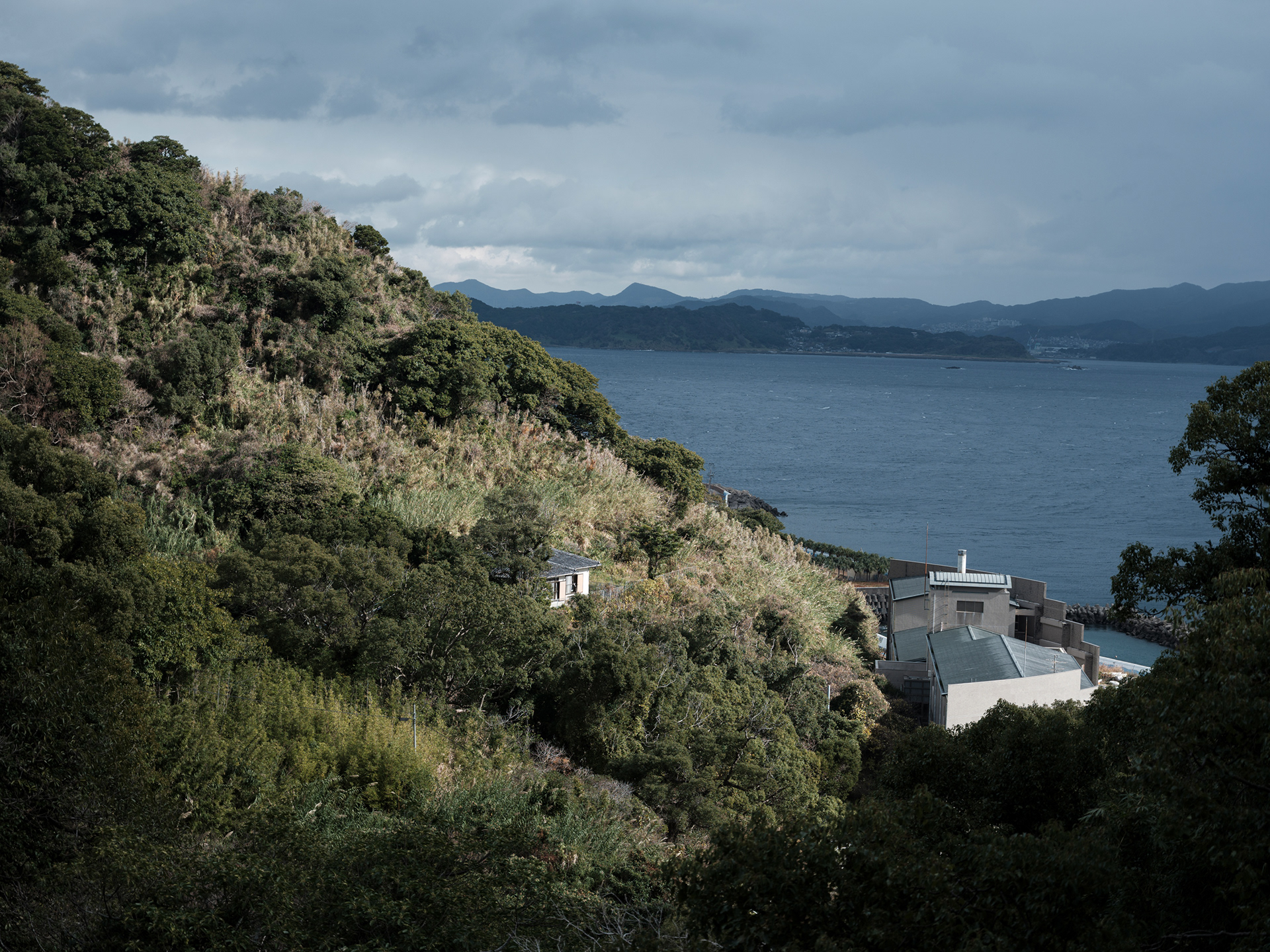
언덕

요시오카 케이코와 야마다 후미코
시간은 섬을 잠식했다. 한때 탄광의 굉음과 노동자들의 거친 숨소리가 뒤섞였던 다카시마는 이제 고요하다.
지난 1월, 파견학생으로 나가사키에 머물던 때였다. 원폭과 강제징용의 상흔이 여전히 남아 있는 이 도시에서, 나는 우연히 군함도 바로 옆에 위치한 다카시마를 알게 되었다. 많은 주목을 받은 군함도와 달리, 다카시마는 조용하지만 많은 것을 감추고 있는 섬이었다.
다카시마는 한때 미쓰비시가 운영하던 탄광섬으로, 일본 산업화를 떠받친 석탄의 주요 생산지였다. 그 이면에는 혹독한 환경 속에서 강제 노동에 내몰린 조선인들의 역사가 있었다. 그들 중 일부는 나가사키 원폭 당시 복구작업에 투입되어 피폭되기도 했다. 영양실조와 질병, 사고, 그리고 전쟁의 잔재가 이들의 삶을 삼켰다. 그들의 유해는 지금도 공양탑 아래나 절의 한켠에 이름 없이 남아 있다.
한때 약 1만 6천 명이 살던 다카시마는 1986년 폐광 이후 급격히 인구가 줄었고, 지금은 230여 명만이 이곳에서 삶을 이어가고 있다. 처음 이 섬을 찾았을 때는 그저 과거의 흔적만이 남은 버려진 섬처럼 보였다. 그러나 여러 차례 이곳을 다시 찾으며 나는 잊혀져가는 역사 위에서 살아가는 사람들을 만나게 되었다. 이곳에서 태어난 아이들과 탄광 시절을 기억하는 노인들은 서로 다른 세대이지만 같은 땅을 딛고 있었다.
〈부재의 풍경들〉은 다카시마의 여러 시간 층위를 담은 사진으로 구성되었다. 조선인들이 일했던 탄광의 입구와 그들이 묻힌 공양탑, 그리고 그들이 보았을 풍경을 따라 걸으며, 나는 그들의 부재를 응시했다. 그리고 그 풍경 속에서 오늘을 살아가는 이들의 모습을 함께 기록했다.
지금 그곳에는 과거의 시간 위에 오늘의 삶을 이어가는 사람들이 서 있다. 그들이 서 있는 자리는 사라져가는 역사와 현재의 시간이 맞닿은 곳이다. 이 사진들은 기억과 침묵, 존재와 부재가 겹쳐지는 그 자리에서 태어난 응답이다.
Time has swallowed the island.
Once filled with the roar of coal mines and the heavy breaths of conscripted laborers, Takashima now stands in silence.
Once filled with the roar of coal mines and the heavy breaths of conscripted laborers, Takashima now stands in silence.
It was during my exchange stay in Nagasaki last January. In this city, where the traces of the atomic bombing and forced labor still remain, I came to learn about Takashima — a small island lying just beside Gunkanjima (Battleship Island). Unlike Gunkanjima, which has drawn much attention, Takashima stays quiet, concealing many untold stories beneath its surface.
Takashima was once a coal-mining island operated by Mitsubishi, a key production site that supported Japan’s industrialization. Behind that prosperity lay the history of Korean laborers who were forced to work under severe and inhumane conditions. Some of them were exposed to radiation during the post-atomic reconstruction work in Nagasaki.
Malnutrition, disease, accidents, and the remnants of war consumed their lives. Their remains still lie nameless, beneath a memorial pagoda or in a corner of a temple.
Malnutrition, disease, accidents, and the remnants of war consumed their lives. Their remains still lie nameless, beneath a memorial pagoda or in a corner of a temple.
At its peak, about twenty thousand people lived on Takashima.
After the mine closed in 1986, the population declined rapidly,
and today only around two hundred residents continue their lives on the island. When I first arrived, it seemed like a deserted place — a landscape left only with traces of the past.
But through repeated visits, I began to meet those who still live upon forgotten history. Children born on the island and elders who remember the mining days stood on the same ground, bridging different generations.
After the mine closed in 1986, the population declined rapidly,
and today only around two hundred residents continue their lives on the island. When I first arrived, it seemed like a deserted place — a landscape left only with traces of the past.
But through repeated visits, I began to meet those who still live upon forgotten history. Children born on the island and elders who remember the mining days stood on the same ground, bridging different generations.
Scenes of Absence is composed of photographs that trace Takashima’s layered temporality. Following the entrances of the coal mines where Koreans once worked, the memorial pagoda where they were buried, and the views they might once have seen, I tried to observe their absence. Amid those scenes, I also recorded the everyday lives of the people who inhabit the island today.
There, upon the remains of the past, stand people living the present. The places where they stand are where fading history and living time intersect. These photographs are a response born from that intersection — from the quiet space where memory and silence, presence and absence, converge.